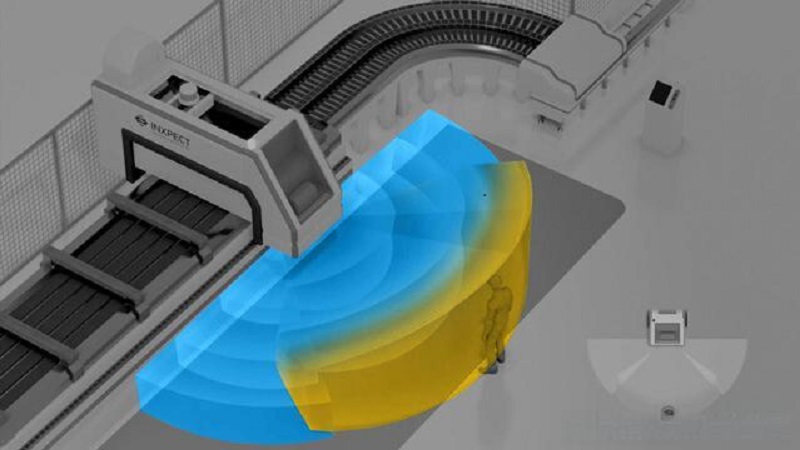Introduction
Robotics is a key component of modern industrial automation, and LiDAR technology is enhancing the ability of robots to navigate and operate effectively. By providing precise 3D mapping, LiDAR improves robots’ obstacle detection and avoidance capabilities.

How LiDAR Enhances Robotics
LiDAR sensors create detailed 3D maps by measuring the time it takes for laser pulses to return to the sensor. This data allows robots to build a comprehensive understanding of their environment, enabling them to navigate around obstacles and perform complex tasks. For example, in a manufacturing plant, a LiDAR-equipped robot can move materials, avoiding obstacles and interacting with other equipment.
Applications in Industry
LiDAR-enhanced robots are used in various industrial applications, including material handling, assembly, and inspection. For instance, a robotic arm in an assembly line can use LiDAR to detect and avoid obstacles, ensuring smooth operation and reducing the risk of damage to products or equipment.
Benefits and Limitations
The primary benefit of LiDAR in robotics is its ability to provide accurate, real-time data, which enhances navigation and obstacle avoidance. However, limitations include the cost of LiDAR sensors and the need for sophisticated data processing. Advances in technology are gradually addressing these issues, making LiDAR more accessible for industrial robots.
Future Trends
The future of LiDAR in robotics looks promising, with ongoing advancements expected to improve sensor performance and reduce costs. Innovations in data processing and sensor integration will continue to enhance the capabilities of LiDAR-equipped robots.
Conclusion
LiDAR technology is revolutionizing robotics in industrial settings by providing accurate 3D mapping and obstacle detection. Its role in improving navigation and operation makes it a valuable tool for modern automation.


